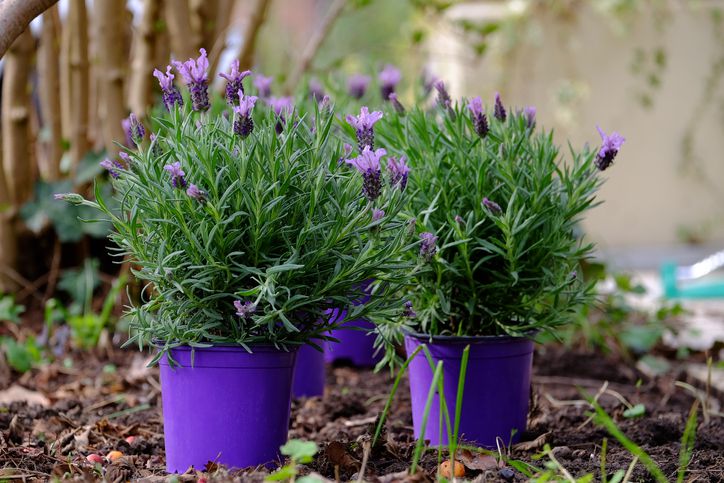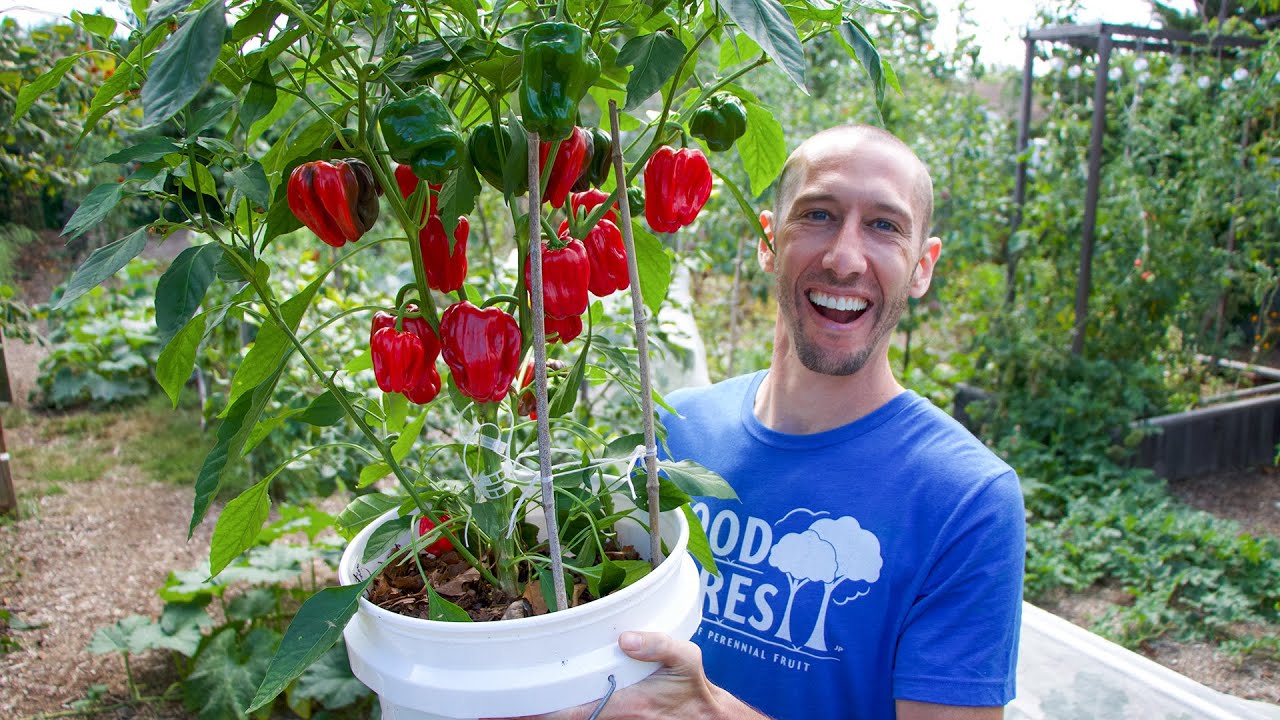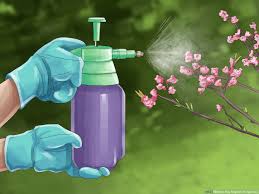How to Grow Lavender in Pots
If you’re looking to bring the beauty and fragrance of lavender into your home but don’t have a garden, growing lavender in pots is a great solution. Lavender is a versatile plant that can thrive in containers, making it perfect for small spaces like balconies, patios, or windowsills. In this guide, we’ll show you how to successfully grow lavender in pots so you can enjoy its calming scent and gorgeous blooms all year round.
Choosing the Right Pot
When it comes to growing lavender in pots, selecting the right container is essential. Lavender plants prefer well-draining soil, so opt for a pot with drainage holes at the bottom to prevent waterlogging. Terra cotta pots are a popular choice for growing lavender due to their porous nature, which allows excess moisture to evaporate more easily. Make sure the pot is at least 12 inches in diameter to provide enough room for the roots to grow.
Preparing the Soil
Lavender plants thrive in soil that is light, sandy, and well-draining. To create the perfect growing medium for your lavender, mix equal parts of potting soil, sand, and perlite. This will ensure that the soil is well-aerated and allows water to drain freely. Avoid using heavy or clay-based soils, as they can suffocate the roots and lead to root rot.
Placement and Sunlight
Lavender plants are sun-loving and require at least 6-8 hours of direct sunlight per day. Place your pot in a sunny spot, such as a south-facing window or balcony, where it can receive ample sunlight. Rotate the pot every few days to ensure that all sides of the plant receive equal sunlight and promote even growth.
Watering and Maintenance
When it comes to watering lavender in pots, less is more. Overwatering can be detrimental to lavender plants, as they are susceptible to root rot. Allow the top inch of the soil to dry out between waterings, and water the plant deeply but infrequently. During the growing season, fertilize your lavender plant every 4-6 weeks with a balanced fertilizer to promote healthy growth and blooms.
Pruning and Harvesting
Regular pruning is essential for promoting bushy growth and prolonging the lifespan of your lavender plant. In the spring, trim back any woody stems and faded flowers to encourage new growth. Harvest lavender blooms when they are in full bloom and dry them upside down in a dark, airy place to preserve their fragrance. You can use harvested lavender blooms for a variety of purposes, such as making sachets, potpourri, or essential oils.
Pest and Disease Control
Lavender plants are relatively resistant to pests and diseases, but they can still fall victim to common issues such as aphids, mealybugs, and powdery mildew. To prevent pest infestations, inspect your lavender regularly for signs of damage, and treat any infestations promptly with neem oil or insecticidal soap. Avoid over-fertilizing your lavender, as this can attract pests and weaken the plant’s defenses.
Winter Care
During the winter months, it’s important to protect your lavender plant from frost and cold temperatures. If you live in a colder climate, consider bringing your lavender indoors or covering it with a frost cloth to shield it from freezing temperatures. Reduce watering during the winter months, as lavender plants require less water when they are dormant. Resume regular watering and fertilizing in the spring once the weather warms up.
Final Thoughts
Growing lavender in pots is a rewarding experience that allows you to enjoy the beauty and fragrance of this versatile plant in even the smallest of spaces. By following these tips on pot selection, soil preparation, sunlight exposure, watering, pruning, and pest control, you can successfully grow lavender in pots and create a thriving lavender garden right on your doorstep.



